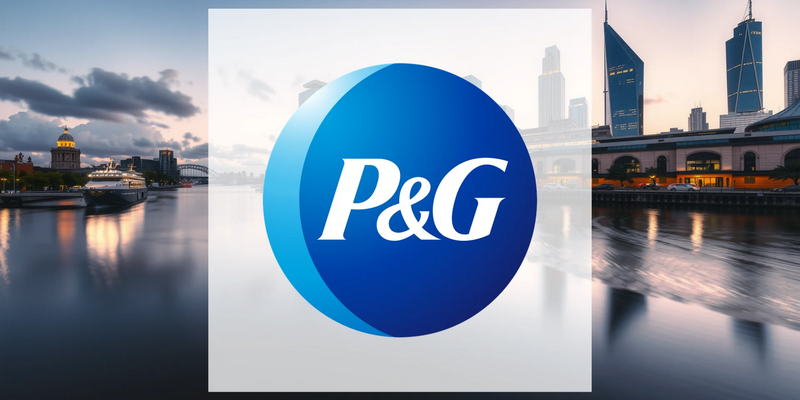A Contradiction in Procter & Gamble’s Stability
19.11.2025 - 12:33:04Procter & Gamble US7427181091
Procter & Gamble, the consumer goods behemoth, presents a puzzling picture. While its latest quarterly earnings demonstrated robust performance, a significant shift is occurring behind the scenes: key insiders and institutional players are quietly reducing their stakes. This divergence between strong fundamentals and selling pressure raises a critical question about what these informed investors might be anticipating.
Market experts maintain a cautiously optimistic outlook on P&G. The consensus rating stands at "Moderate Buy," supported by 12 buy recommendations against 9 hold ratings. Their average price target of $171.53 suggests a potential upside of 16.69% from current levels. This apparent opportunity, however, is not being embraced by those with the closest view of the company. Instead, a notable exodus is underway, creating a stark contrast between external analysis and internal action.
The Selling Trend Among Informed Investors
Recent regulatory filings reveal a coordinated pullback. FineMark National Bank & Trust significantly downsized its position by 6.0% in the last quarter, leaving it with a holding of 150,134 shares. This institutional retreat is mirrored, and even exceeded, by insider activity. Over the preceding 90 days, company executives sold shares valued at $7.89 million. The Chief Operating Officer disposed of 3,986 shares, while the Chief Accounting Officer sold 725. Consequently, insider ownership has dwindled to a mere 0.20% of the corporation. Such a synchronized reduction in holdings by those with privileged knowledge typically signals underlying caution, prompting scrutiny over their specific concerns.
Should investors sell immediately? Or is it worth buying Procter & Gamble?
Defensive Qualities with Emerging Cracks
On the surface, Procter & Gamble embodies defensive resilience. The stock's beta of 0.36 indicates it is 64% less volatile than the broader S&P 500 index. Its recent quarterly report exceeded Wall Street's forecasts for both earnings per share and revenue. Furthermore, the company boasts an exceptional dividend history, having increased its shareholder payout for 70 consecutive years, with a current yield of 2.9%.
Yet, this stability appears to be showing minor flaws. A technical analysis of the stock's performance reveals a bearish inclination, with only 13 positive trading sessions out of the last 30. This tepid momentum exists in direct opposition to the company's fundamental strength, highlighting a market hesitancy that aligns with the actions of the selling investors.
The Macroeconomic Overhang
The rationale for this caution may not lie within P&G itself but in the broader economic environment. The stock's recent 0.80% gain, on a trading volume of $1.52 billion, was not driven by company-specific news. Instead, it merely tracked the overall market's movement. This suggests that P&G is currently being propelled by external factors rather than its own catalysts. It is precisely this dependence on the wider economic climate that may be prompting savvy insiders and institutions to adopt a more defensive posture, despite the company's impressive standalone record.
Ad
Procter & Gamble Stock: Buy or Sell?! New Procter & Gamble Analysis from November 19 delivers the answer:
The latest Procter & Gamble figures speak for themselves: Urgent action needed for Procter & Gamble investors. Is it worth buying or should you sell? Find out what to do now in the current free analysis from November 19.
Procter & Gamble: Buy or sell? Read more here...


